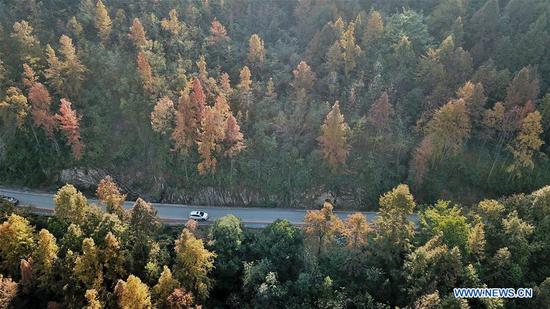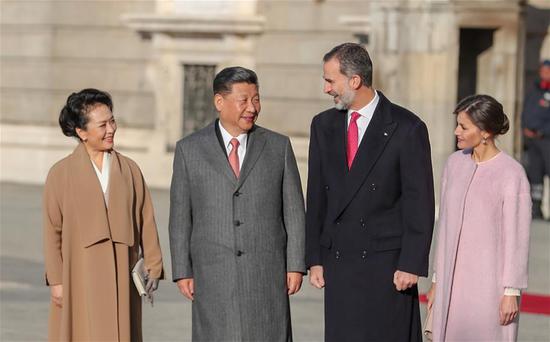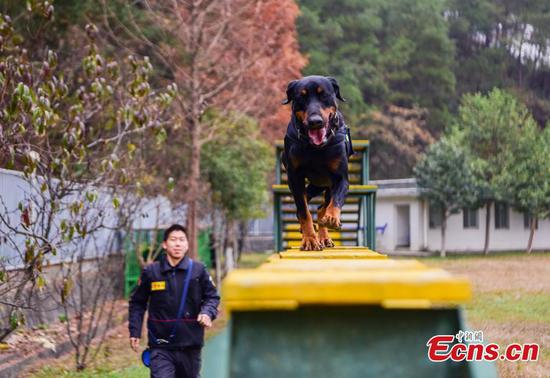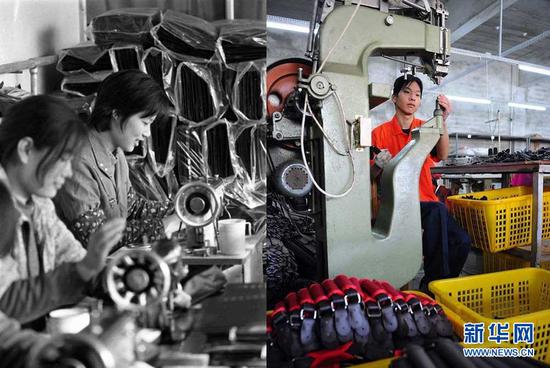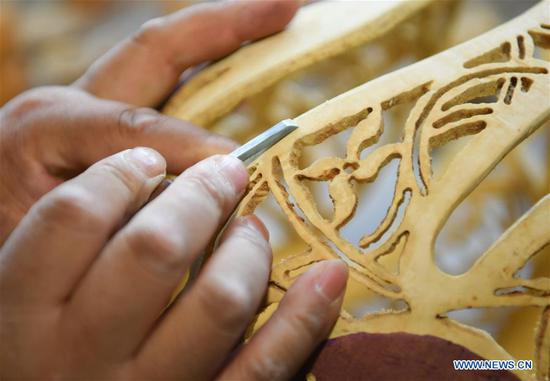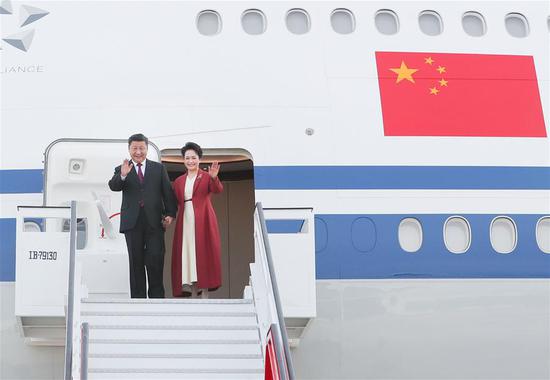
The heavy-lift carrier rocket Long March 5 blasts off Nov. 3, 2016 at Wenchang Space Launch Center in South China's Hainan Province. (Photo/Xinhua)
Chinese engineers have achieved important progress in developing Long March 5B, a launch vehicle for China's space station modules, as development has moved from the prototype phase to flight model phase.
A committee of experts from China Aerospace Science and Technology Corp and its research institute, the China Academy of Launch Vehicle Technology, held a meeting to review the vehicle program on Thursday.
Experts believe the prototype of Long March 5B, a one-stage rocket and upper stage in mission, demonstrated stability through multiple verifications and its tech standards met with demand.
The development of the rocket could turn to the flight model phase since the appropriate technologies have been completed, they said.
Long March 5B is being developed on the basis of the country's heavy-lift liquid rocket Long March 5, which successfully finished its first mission in November 2016. Long March 5 is a two-stage strap-on launch vehicle.
Long March 5B is 53.7 meters long, with four boosters in a diameter of 3.35 meters. It has a take-off weight of 837.5 tons and can send a 22-ton payload to low-earth orbit.
According to the schedule, China will start constructing its manned space station around 2020, and the Long March 5B will put the station's core module into orbit that year.
The multi-module station will mainly consist of three parts — a core module attached to two space labs — with a combined weight of over 90 metric tons.




















